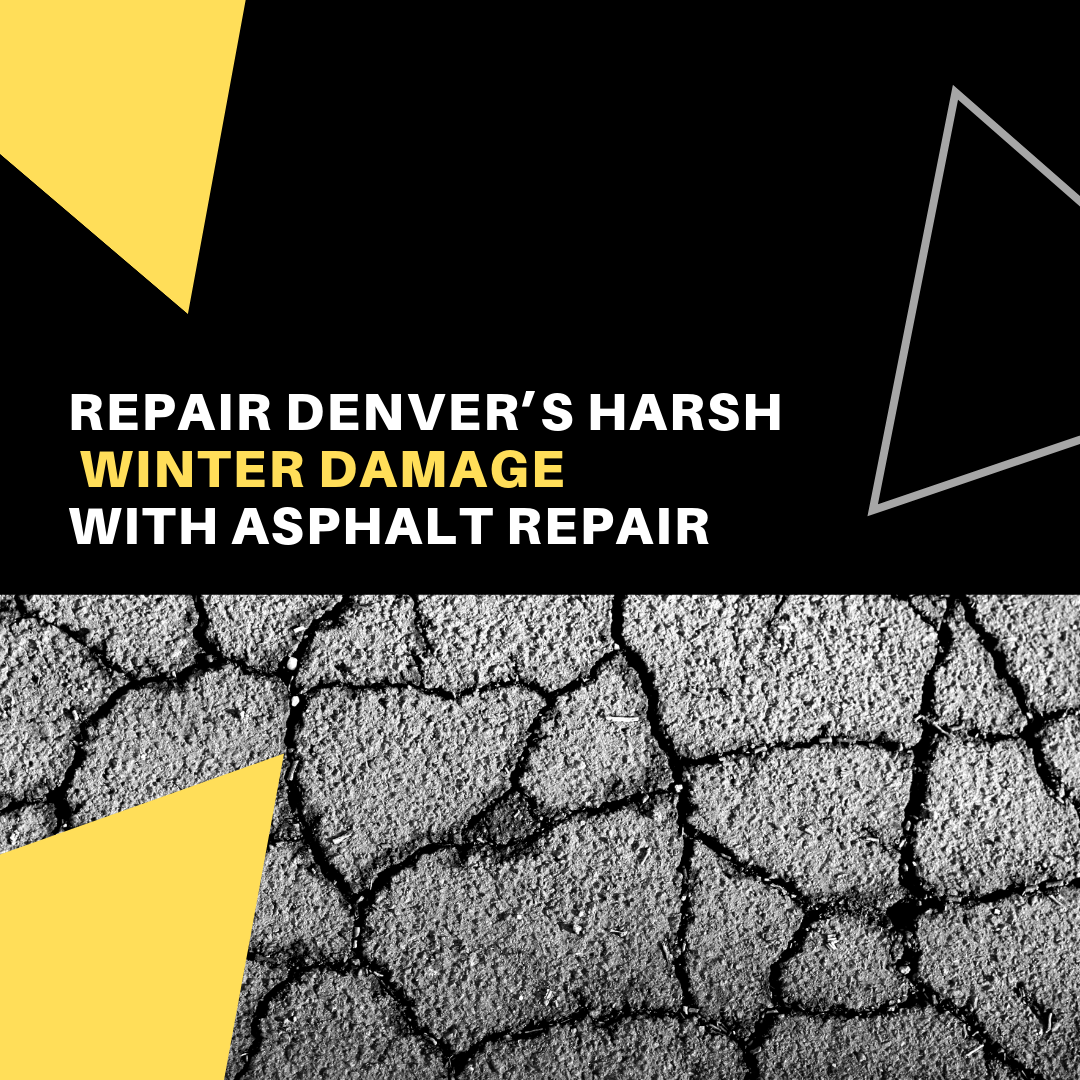
Jun 28, 2019 | Asphalt Paving
People from Colorado will undoubtedly tell you that while winters in the Rocky Mountains are no-nonsense, winter in Denver gets terrible. Even though the snow is considerable, the comparatively moderate winter is excellent for outdoor activities such as snowshoeing,...

Jun 19, 2019 | Asphalt Paving
No matter how sturdily a structure is laid, it will eventually reach a time when it will require maintenance or replacement. The period it takes before reaching such an instant defines a structure’s lifecycle. Asphalt parking is one such structure, and if you own one,...




